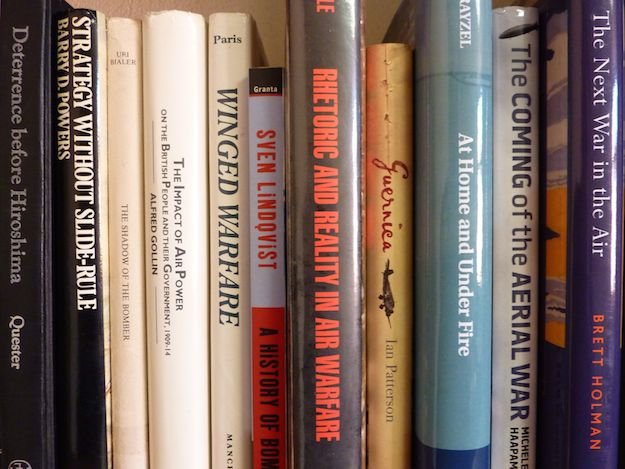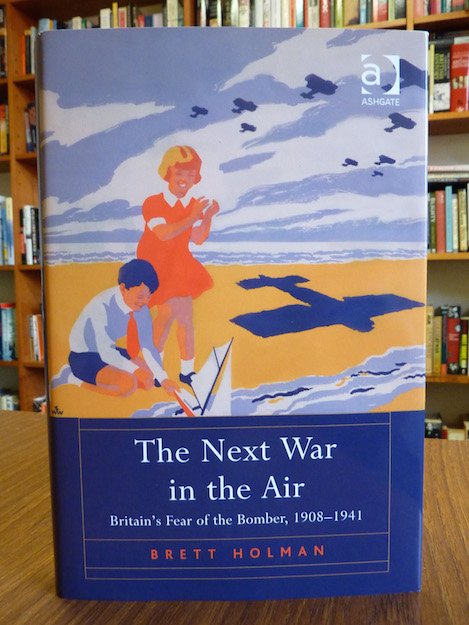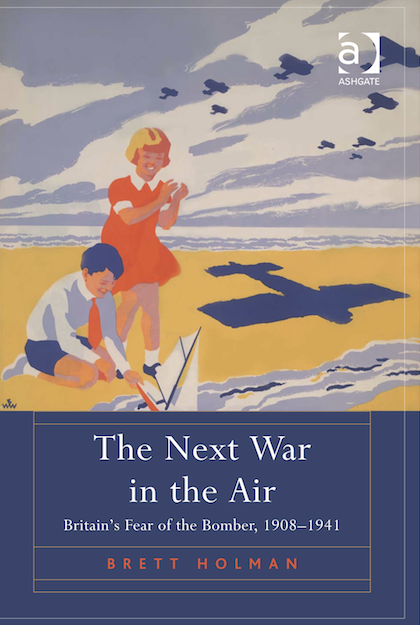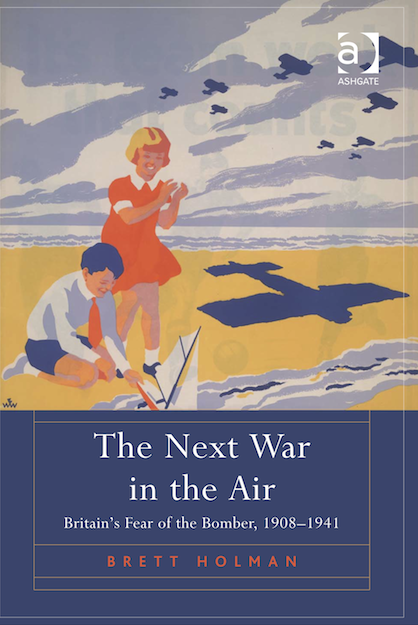The other guys
So my book is a thing that now exists. But although it was formally published on 18 June, many online bookstores have waited until today to actually ship it. (I recommend using Booko to find the cheapest prices, or you can get a 10% discount by ordering directly from Ashgate.) To mark this auspicious day, […]





